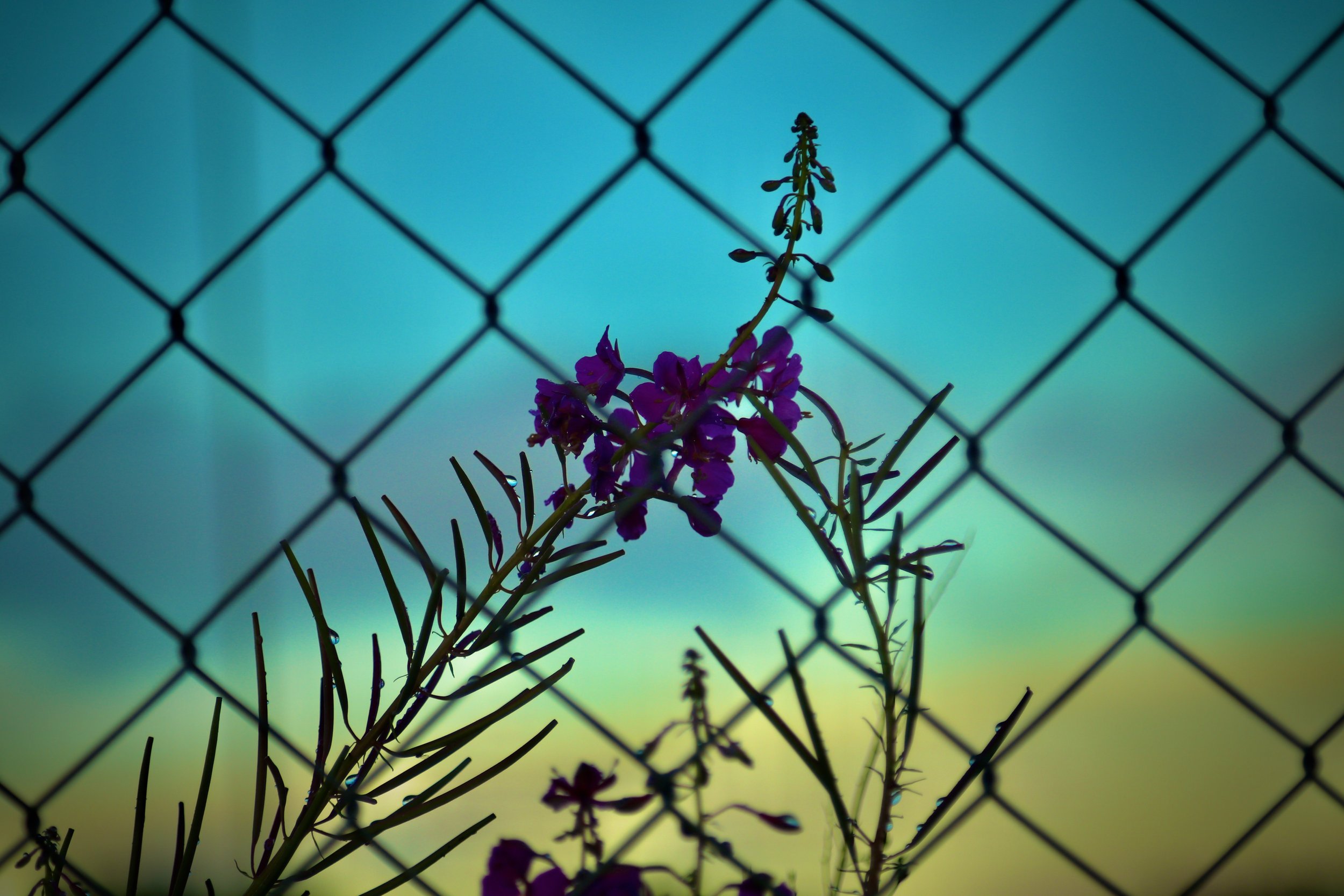
Media Features
Is the Smithsonian Museum of the American Latino Finally Moving Forward?
By Isa Farfan x Hyperallergic.
Erika Hirugami, co-founder of the California-based UNDOC+ Collective, an organization supporting undocumented creatives, said she finds it ironic that legislation for the creation of NMAL was officially approved under the first administration.
“NMAL was signed into law by the same president whose aesthetic axis is anchored by visual intimidation, photographic persecution, and tyrannical oppression toward ‘undoc+’ — formerly or currently undocumented — families and people in the undocumented diaspora,” Erika Hirugami told Hyperallergic.
“Can our administration truly be celebratory of Latine culture while our people are being persecuted, threatened, and deported?” Hirugami continued.
‘We cannot remain silent’: Museums in Los Angeles brace for 🟠🟠🟠 immigration crackdown
By Stacie Stukin x The Art Newspaper.
🟠🟠🟠 anti-immigrant rhetoric and deportation threats also impact undocumented artists. Erika Hirugami, the founder of CuratorLove and a PhD candidate at UCLA studying the “aesthetics of undocumentedness”, wrote a report commissioned by the advocacy organisation Arts for LA, and her research suggested that Los Angeles County is home to around 200,000 artists and arts professionals whom she calls “undocreatives”.
“There are a ton of undocreatives who are wary of showing up publicly at events because they don’t want to harm our communities,” says Hirugami, who was formerly undocumented. “At the same time, they are removing their social media, deleting their web pages for fear that since they’ve been associated with undocumentedness for their entire careers, now this could be a massive flag to put their families at risk.”
DACA-Recipient Artists Share Their Stories as Program Hangs by a Thread
By Isa Farfan x Hyperallergic.
Erika Hirugami, who is formerly undocumented but never received DACA, co-founded the UNDOC+Collective, a group fighting to shape “the future of ‘undocreatives’ working in the contemporary art system.” It connects artists across what she calls the “Undoc+ Spectrum,” which accounts for a diversity of immigration statuses. To her knowledge, Hirugami said, she is the only person in the country studying the “aesthetics of undocumentedness,” which she defines as “something that happens when Undoc+ individuals make creative artwork about their experience,” as part of her doctoral candidacy at the University of California, Los Angeles.
DACA recipients, she said, represent only a small percentage of the 11.7 million undocumented immigrants living in the US… In the art world, Hirugami feels their experiences are often exploited when access to artistic spaces relies on their ability to put their undocumented status and trauma on display.
“We’re still in the baby stages of trying to get beyond fetishizing this community within the creative industries,” Hirugami said. “There’s a need to also highlight the beauty of our community, and a need to challenge policy and politics. But at the same time to do so from a vocabulary that isn’t so legally toxic, because in this community, language affects us.”



